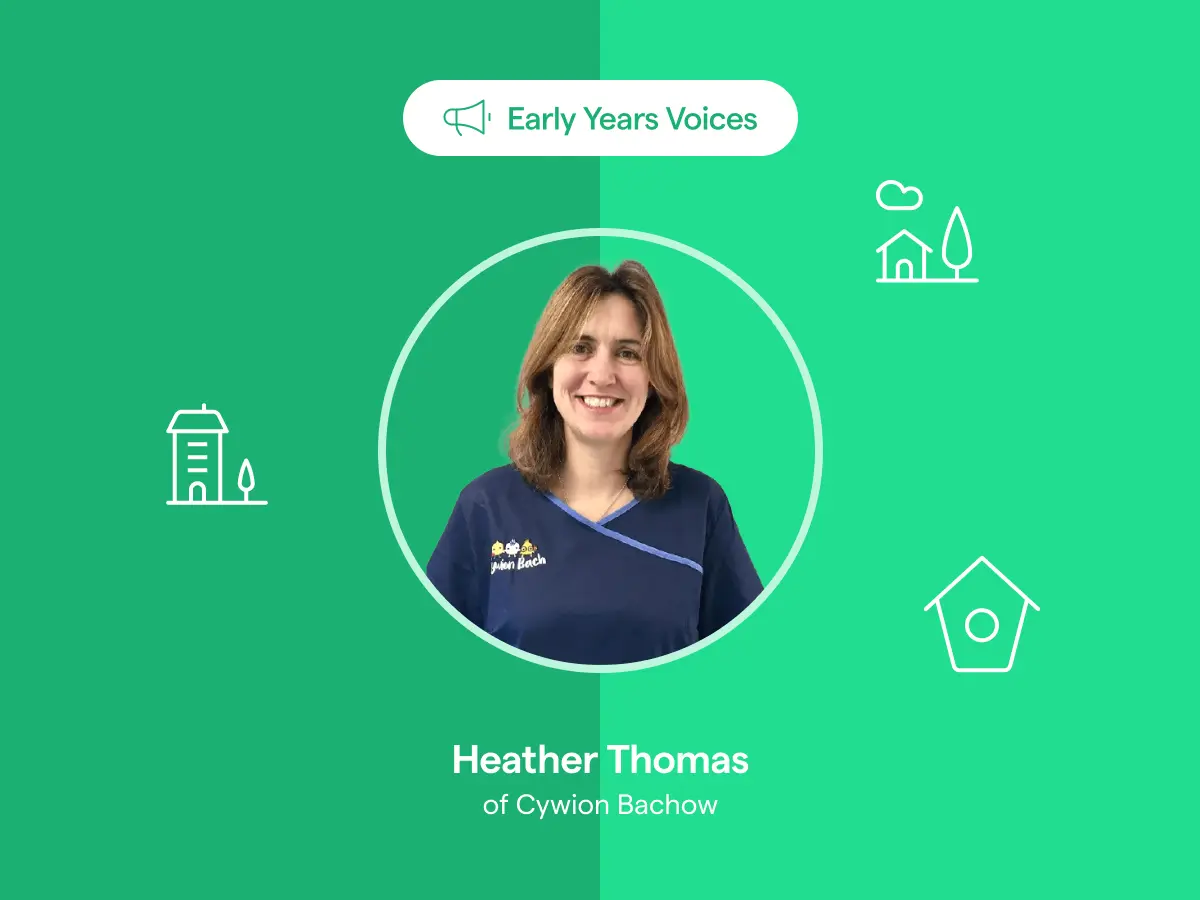settings
children
With Famly since
What the EYFS states about risk assessment
- Providers must ensure that they take all reasonable steps to ensure staff and children in their care are not exposed to risks and must be able to demonstrate how they are managing risks
- Providers must determine where it is helpful to make some written risk assessments in relation to specific issues, to inform staff practice, and to demonstrate how they are managing risks if asked by parents and/or carers or inspectors.
- Risk assessments should identify aspects of the environment that need to be checked on a regular basis, when and by whom those aspects will be checked, and how the risk will be removed or minimised.
Research the risks in your early years setting
The specific risks in your Early Years setting will be unique to your environment. Below are just some examples of how you might begin to compile your risk assessment.

The big ideas

Create your own daily risk assessment checklist
Once you have identified your risks, you can begin to create your daily checklists. Again, these will be unique to your setting, so we’ve created these examples based on the list above.

Download your free risk assessment and daily checks templates here.
Free trial
Try before you buy
Try every Famly feature, see what you like, and invite your staff. No commitment, no credit cards. Just a 2-week free trial.
Start free trial










